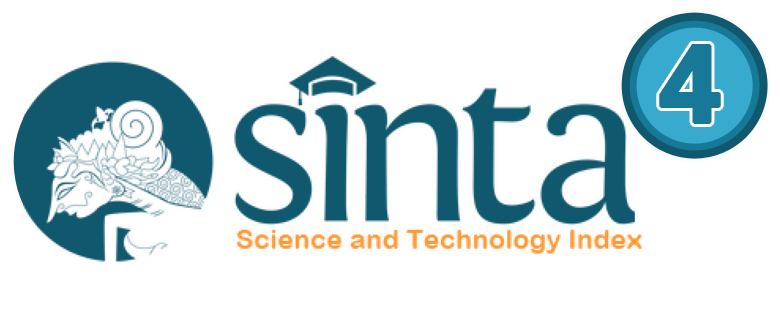FAKTOR-FAKTOR YANG MEMPENGARUHI KESIAPAN DAN PENERIMAAN TEKNOLOGI PADA SISTEM UJIAN ONLINE
Abstract
Online Examination System is highly prevalent among all education. One of the private colleges
that participate realize is STMIK NUSA MANDIRI. Implemented in reaction to the self-users, in
the form of acceptance or rejection. Acceptance of a technology is strongly influenced by the
readiness of the users of these technologies, it has been demonstrated empirically by Walczuch et
al (2007). Adapting from these studies and research supporting the study entitled "Study of
Preparedness and Acceptance Testing System Technology Online: A Case Study STMIK Nusa
Mandiri" aims to examine whether students in STMIK Nusa Mandiri Jakarta already has the
readiness and receive technologies on a system put in place. The model used to describe the
relationship of the factors that affect the readiness and use Google Docs app is Readness
Technology Index (TRI) in the Technology Acceptance Model (TAM) by using the research method
of Structural Equation Modeling (SEM) on software analisys of Moment Structure (AMOS)
version 21.0.
Keywords: TRI, TAM, Online Examination System, SEM, dan AMOS
Full Text:
PDFReferences
Fatonah, N.S. (2012). Kajian Efektivitas ELearning
Dalam Mendukung Proses
Belajar Mengajar: Studi Kasus
Universitas Mercubuana. Tesis
Magister Komputer Program
Pascasarjana Universitas Budi Luhur:
Jakarta.
Gardner, C., dan Amoroso D.L. (2004).
”Development of an instrument to
Measure the Acceptance of Internet
technology by Consumers,”
Proceedings of the 37th Hawaii
Internationa Cofference on System
Sciences.
Jogiyanto. (2007). Sistem Informasi
Keperilakuan. Penerbit Andi.
Kartika, E.S. (2009). Tesis: Analisis
Penerimaan Sistem Informasi iCons
Dengan Menggunakan Technology
Acceptance Model Pada Karyawan
PT. Bank Negara Indonesia
(PERSERO) Tbk. Di Kota Semarang.
Semarang: Universitas Diponegoro.
Maria, S., Dan Widodo, P.P. (2010). ”Kajian
Penggunaan Adobe Photoshop
Berdasarkan Pendekatan TAM: Studi
Kasus Pada SMK Negeri 5
Tangerang”, STMIK Nusa Mandiri,
Jakarta.
Parasuraman,A,.dan Colby, C.L. (2001).
Techno-Ready Marketing: How and
Why Your Customers Adopt
Technology, Free Press, NewYork,
Pikkarainen, T., Pikkarainen, K., Karjaluoto,
H., dan Pahnila, S. (2004). Consumer
Acceptance of Online Banking: an
Extension of The Technology
Acceptance Model. Internet Research
Volume 14 - Number 3 pp. 224-235.
Santoso, S. (2010). Statistik Nonprametrik,
Konsep, dan Aplikasi dengan SPSS
PT. Elex Media Komputindo:
Jakarta.
-------------. (2011). Structural Equation
Modeling (SEM) Konsep & Aplikasi
dengan AMOS 18. Jakarta: Elex
Media Komputindo.
Walczuch,R. ,Lemmink, J., dan Streukens,
S. (2007). The Effect Of Service
Employees' Technology Readness on
Technology Acceptance.
ScienceDirect Information &
Management (44:206-215:2007).
Waluyo, M. (2011). Panduan dan Aplikasi
Structural Equation Modelling
(Untuk Aplikasi Model Dalam
Penelitian Teknik Industri, Psikologi,
Sosial, dan Manajemen). Penerbit
Indeks: Jakarta Barat.
Wibowo, A. (2008). Kajian Tentang
Perilaku Pengguna Sistem Informasi
Dalam Pendekatan Technology
Acceptance Model (TAM). KNSI
, p.29-36.
DOI: https://doi.org/10.31294/p.v15i2.6341
Copyright (c) 2013 Popon Handayani

This work is licensed under a Creative Commons Attribution-ShareAlike 4.0 International License.








